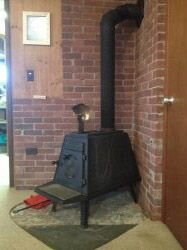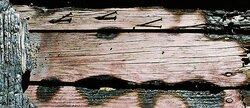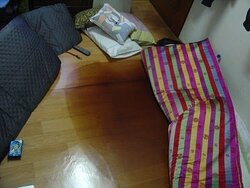- Dec 28, 2012
- 3
. This site is a wealth of knowledge and I'm hoping to get some direction. I bought a new home in mass and it has an older energy harvester wood stove in the lower level. It was made in New Hampshire and is rated at 35,000 btu. I painted it, replaced the gaskets and sealed the seams. The duct is five inch and connected to a 5 in stainless liner that exits the 24 ft Chimmney. The draft is ok, not great. I have a ton of red oak from my land that I'm burning with is a mix of dry and green stuff. The problem I'm having is low heat. With the damper fully open stove gets up to 400 ish degrees but eats a full load in about 3 hours. If I choke it down it will only burn at around 250 degrees which is too low. Any ideas to improve this situation?
Thanks matt

Thanks matt




